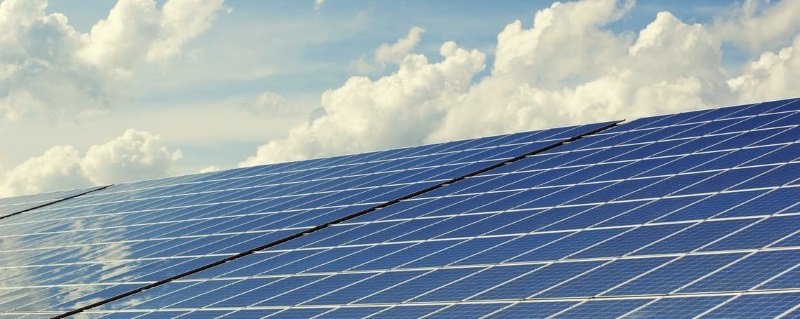Eight months on from the devastation of Hurricane Maria, the 3,160 inhabitants of Puerto Rico’s mountainous Mariana remain without grid power. Tired of waiting, community members recently took matters into their own hands with the help of a modular microgrid.
Following major damage, experts believe that 90 percent of the grid can be restored within one year, but a large financial and time investment is required to run lines to the most remote and rural areas to restore the remaining 10 percent.

“A lot of the community doesn’t expect the grid back in the way traditional grids exist. They’re looking at solar storage systems,” explains Will Heegaard, CEO of Footprint, an organization with a mission to implement sustainability practices in humanitarian response.
Some individuals have installed solar storage systems for their homes, while others rely on diesel generators.
The community led re-building effort, Proyecto de Apoyo Mutuo (Mutual Aid Project), initially started as a peer-to-peer recovery and relief service. This included going house-to-house, checking that vulnerable and elderly people had food, water, and shelter. The project is now transitioning into building long-term resilience, essential for the hurricane season.
Read more: Microgrid Knowledge


